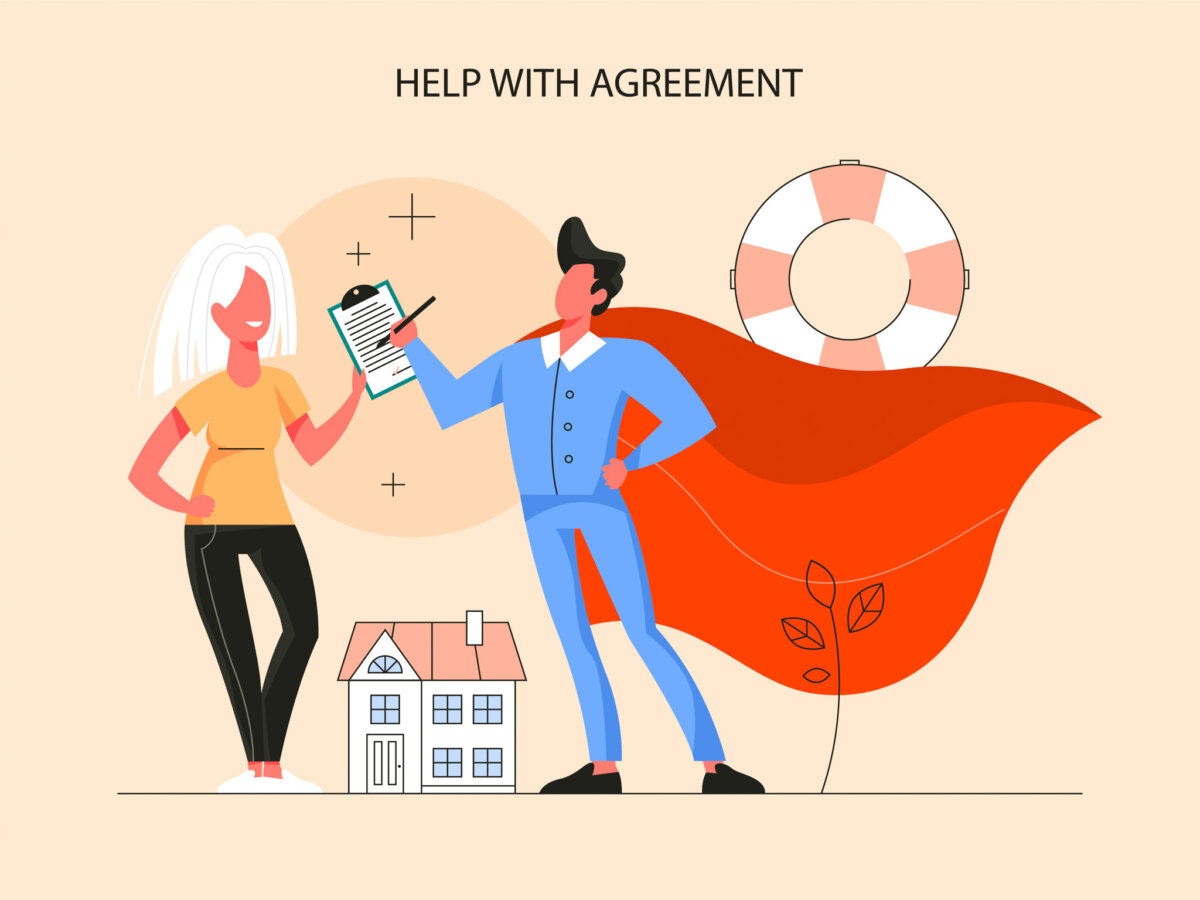Mortgage insurance is a crucial aspect of home-buying for many, especially first-time buyers who may need a significant down payment. This article explains what mortgage insurance is, how it works, and why it is necessary for your mortgage.
What is Mortgage Insurance?
Mortgage insurance protects the lender if a borrower defaults on their home loan. It is typically required when a borrower makes a down payment of less than 20% of the home’s purchase price. Mortgage insurance aims to reduce the risk for lenders and enable buyers to purchase a house with a lower down payment.
There are two primary types of mortgage insurance:
- Private Mortgage Insurance (PMI): This is commonly required for conventional loans where the borrower’s down payment is less than 20%. Private insurance companies provide PMI, which can be canceled once the borrower’s equity in the home reaches 20%.
- Mortgage Insurance Premium (MIP): This is used for FHA (Federal Housing Administration) loans. First-time homebuyers and those with less-than-perfect credit often favor FHA loans. MIP includes an upfront premium and a monthly premium that must be paid for the duration of the loan. However, it may be canceled after 11 years if the borrower reaches a certain equity threshold.
How Does Mortgage Insurance Work?
When a borrower defaults on a loan, the lender may face financial loss if they cannot recover the total amount owed through foreclosure. Mortgage insurance mitigates this risk by covering some of the lender’s losses. If the borrower defaults, the insurance company will pay a claim to the lender, which can help them recover some of their losses.
Mortgage insurance allows borrowers to secure a home loan with a smaller down payment, making homeownership more accessible. However, the cost of mortgage insurance can add to the monthly mortgage payment, impacting the borrower’s overall affordability.
Costs of Mortgage Insurance
The cost of mortgage insurance varies depending on several factors, including the type of mortgage insurance, the loan amount, the size of the down payment, and the borrower’s credit profile.
- Private Mortgage Insurance (PMI): PMI premiums typically range from 0.3% to 1.5% of the original loan amount annually. The exact rate depends on the borrower’s credit score, the loan-to-value ratio (LTV), and the type of loan.
- Mortgage Insurance Premium (MIP): For FHA loans, the upfront MIP is usually 1.75% of the loan amount, while the monthly MIP ranges from 0.45% to 1.05% annually, depending on the loan term and amount.
Borrowers can often pay PMI as a monthly premium, a one-time upfront premium, or a combination. Conversely, MIP is typically paid monthly, with an upfront premium due at closing.
Benefits of Mortgage Insurance
- Lower Down Payment Requirements: One of the most significant benefits of mortgage insurance is that it allows borrowers to purchase a home with a lower down payment. This is especially beneficial for first-time homebuyers or those who do not have substantial savings for a down payment.
- Increased Accessibility to Homeownership: Mortgage insurance helps more people qualify for loans by reducing the lender’s risk. This can make homeownership more accessible to a broader range of buyers.
- Potential Tax Benefits: Sometimes, mortgage insurance premiums may be tax-deductible. Borrowers should consult with a tax advisor to understand their eligibility for this benefit.
Drawbacks of Mortgage Insurance
- Added Cost: Mortgage insurance increases the borrower’s monthly mortgage payment. Over time, this additional cost can increase, impacting the borrower’s budget.
- No Benefit to the Borrower: While mortgage insurance protects the lender, it does not directly benefit the borrower. The borrower receives no coverage or compensation if they default on the loan.
- Cancellation Limitations: PMI can be canceled once the borrower’s equity reaches 20%. However, this process often requires the borrower to request cancellation and may involve additional steps. MIP on FHA loans, however, typically remains for the life of the loan, although there are exceptions for certain circumstances.
How to Avoid Mortgage Insurance
For borrowers looking to avoid mortgage insurance, there are a few strategies:
- Increase the Down Payment: By making a down payment of 20% or more, borrowers can avoid needing mortgage insurance entirely. This requires more significant savings before purchasing a home but eliminates the ongoing insurance cost.
- Piggyback Loans: Some borrowers opt for a piggyback loan, taking out a second mortgage to cover part of the down payment. For example, a borrower might take out an 80/10/10 loan, make a 10% down payment, and take out a second loan for 10% of the purchase price. This can help avoid mortgage insurance but may come with higher interest rates on the second loan.
- Shop for Lender-Paid Mortgage Insurance: In some cases, lenders may offer loans with lender-paid mortgage insurance (LPMI). With LPMI, the lender pays the insurance premium, but the borrower may face a higher interest rate on the loan. Depending on their financial situation, this can be a viable option for some borrowers.
Conclusion
Mortgage insurance plays a vital role in home buying by allowing borrowers to purchase homes with smaller down payments. While it adds to the cost of the loan, it also makes homeownership more accessible. Understanding the types of mortgage insurance, their costs, and how they work can help borrowers make informed decisions about their mortgage options. For those looking to avoid mortgage insurance, strategies such as increasing the down payment or exploring alternative financing options may be worth considering. Consulting with a financial advisor or mortgage professional can provide valuable insights tailored to individual circumstances.










Leave a Reply